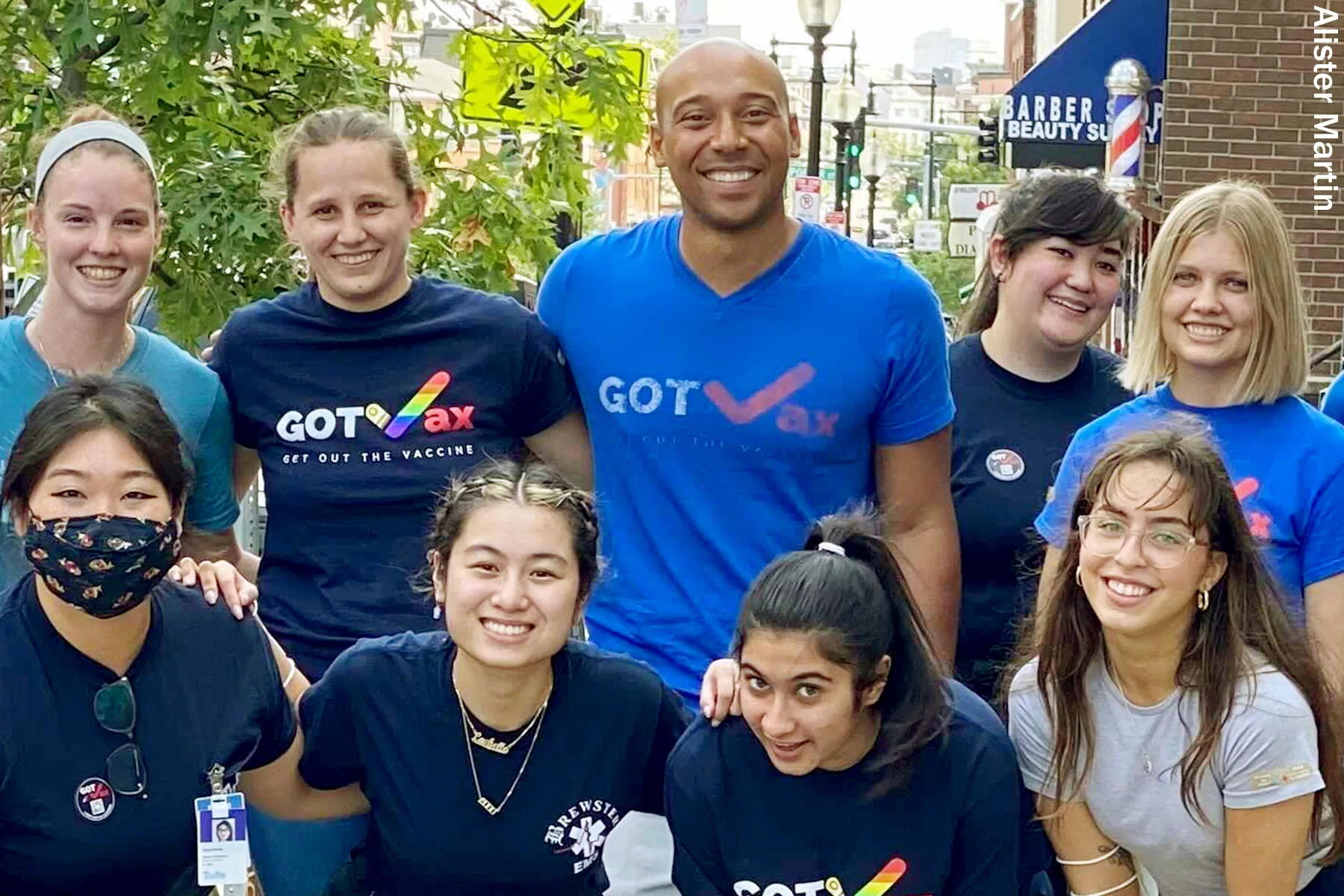Despite Some Progress, State Supreme Courts Still Slow to Diversify
Half the state supreme courts in the country don’t have a single justice identifying as a person of color and, while awareness of the lack of diversity is slowly leading to change, only 17 percent of state supreme court justices are Black, Latino, Asian American or Native American

Half the state supreme courts in the country don’t have a single justice identifying as a person of color and, while awareness of the lack of diversity is slowly leading to change, only 17 percent of state supreme court justices are Black, Latino, Asian American or Native American, reports Pew Stateline. As of 2021, in 22 states no justices identified publicly as a person of color, including in 11 states where people of color makeup at least a fifth of the population, according to a Brennan Center report.
In Delaware, the state supreme court released what is thought to be the first detailed guide by any state on increasing judicial diversity, also intended as a model for other states, tracing a lack of legal and judicial diversity to a pipeline problem: Fewer people of color go to college, and fewer still attend law school and become attorneys and judges. Officials also say recruiting people of color is challenging, especially with the private sector offering far more lucrative opportunities, while other critics argue having to run for election is a barrier to judicial diversity. The National Center for State Courts wants to build an online job application portal for state court positions, similar to the portal federal courts around the country use to fill law clerk and staff attorney vacancies.

 Landwebs
Landwebs 























